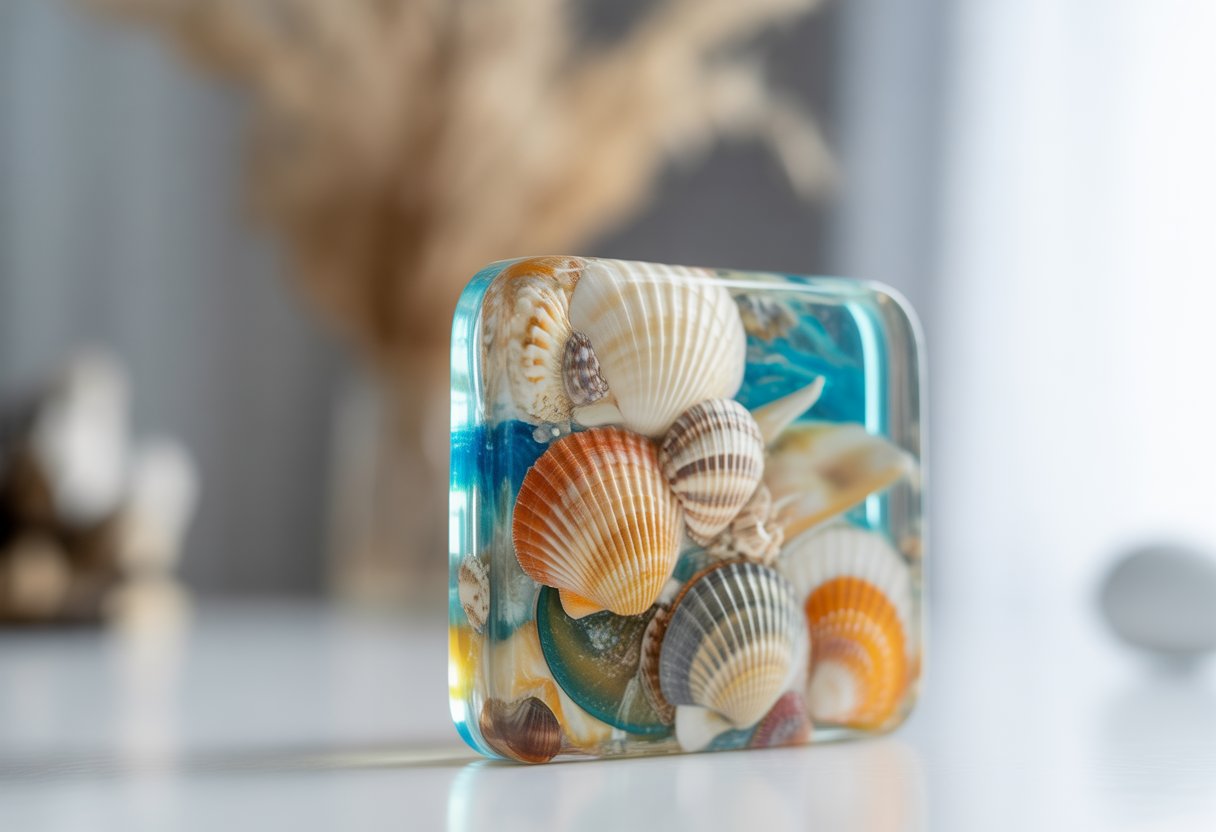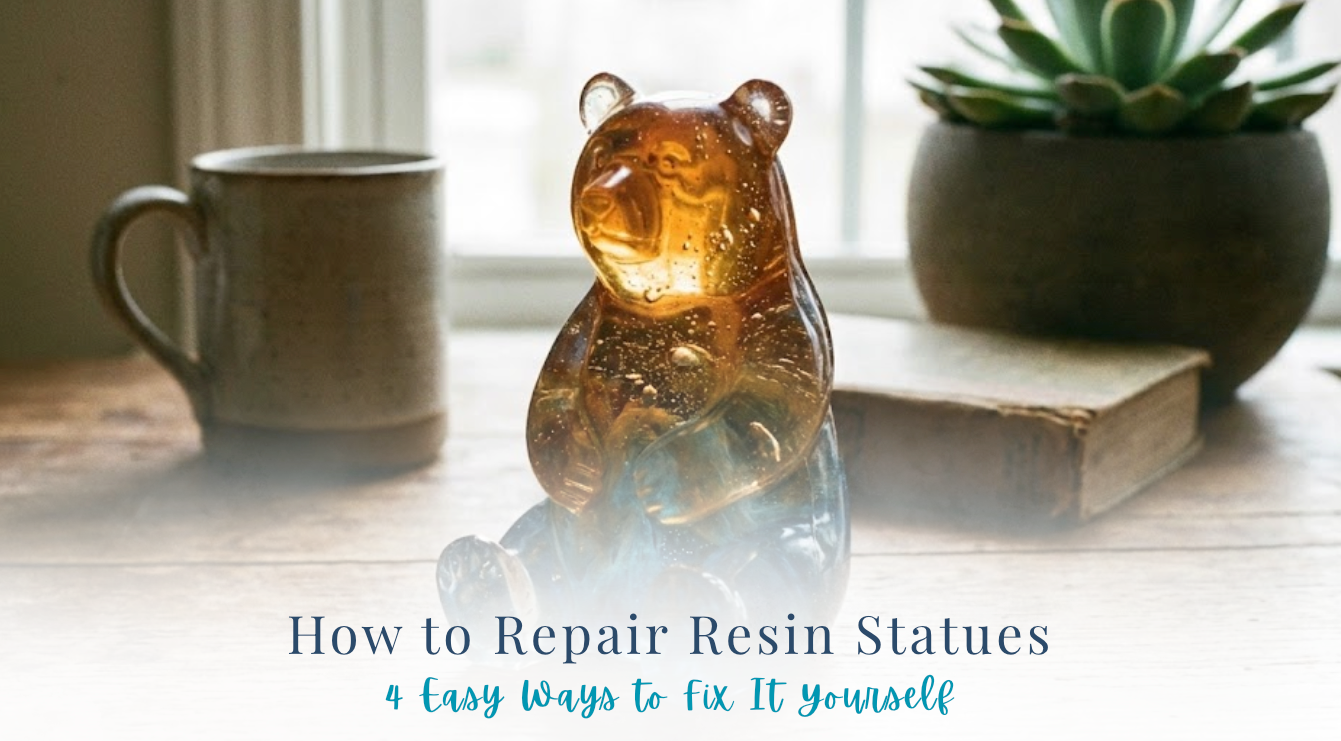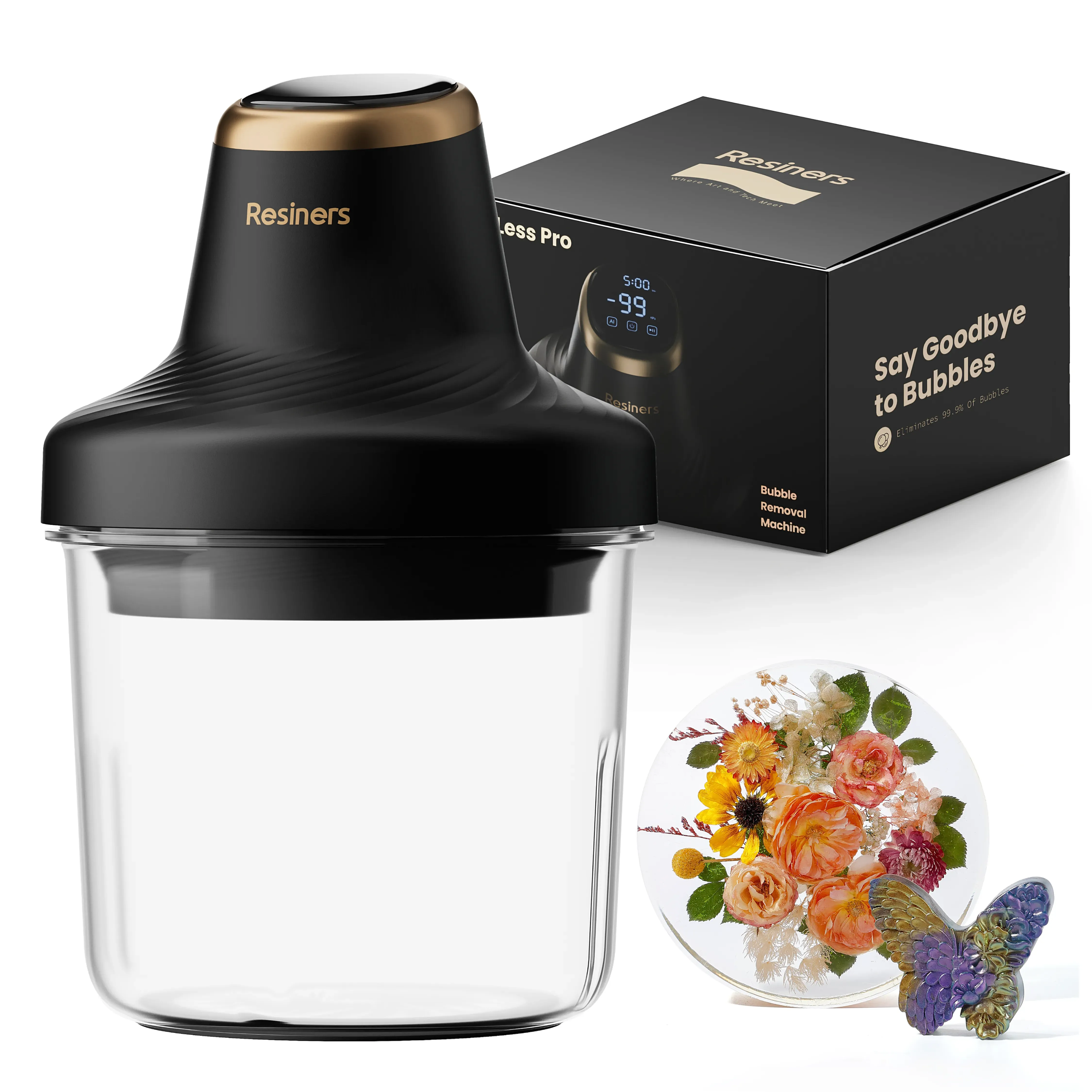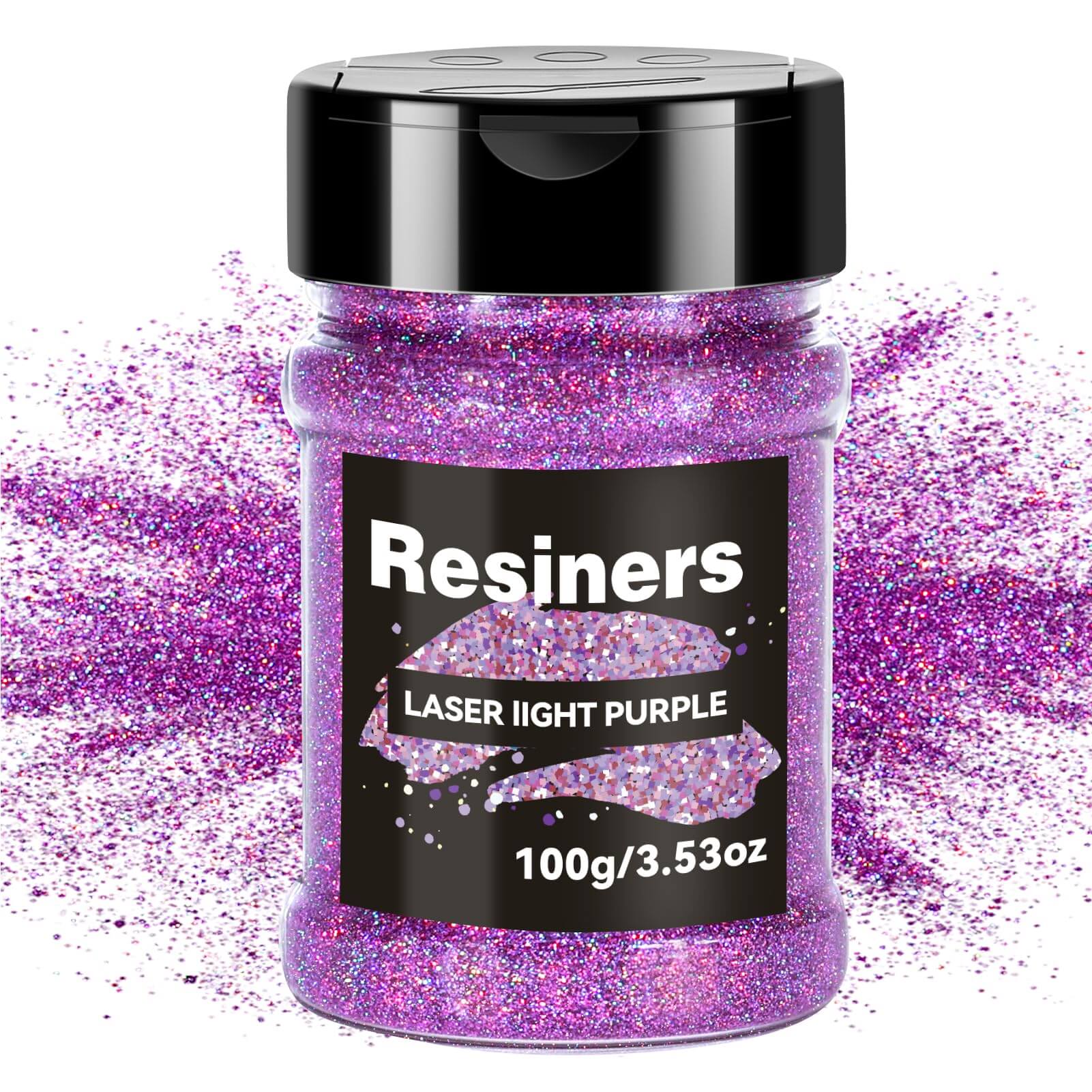Shell resin art lets you capture the calm beauty of the beach in a lasting, glossy design. You can turn ordinary shells, sand, and bits of sea glass into a smooth, crystal-clear piece that shines like the ocean on a sunny day.
Shell resin art combines natural textures with resin’s glass-like finish to create unique coastal décor that preserves your favorite seaside finds.
You don’t need advanced art skills to begin. With a few simple tools, some clean shells, and clear epoxy resin, you can craft pieces that fit your style—whether that’s a wall hanging, jewelry tray, or small display.
The process feels relaxing and creative. Each project turns out one of a kind.
Simple techniques can help you achieve beautiful effects that look professional without complicated steps.
Start your projects with the UV-resistant epoxy resin collection to keep your art bright.
What Is Shell Resin Art?

Shell resin art combines natural materials and clear epoxy to create glossy, ocean-inspired pieces. You use real seashells, sand, and other coastal elements, preserving them in resin for decorative or functional art that lasts for years.
Defining Shell Resin Art
Shell resin art is a type of resin art where you embed seashells, sand, or small ocean-themed items in clear or tinted epoxy resin. The resin hardens into a smooth, glass-like surface that protects and highlights the natural textures of the shells.
You can make wall art, coasters, jewelry, or tabletop decorations. The process usually involves mixing a two-part epoxy, pouring it into a mold or frame, and arranging shells before the resin cures.
Many artists add mica powder, pigments, or glitter to create color depth or mimic ocean waves. The result is a piece that captures the look of the beach in a durable, glossy form.
History and Origins
Epoxy resin art became popular in the late 20th century with the rise of DIY crafts and modern home décor trends. As resin became more accessible, crafters started experimenting with natural materials like shells, stones, and wood.
Shell resin art probably started as a way to keep beach souvenirs safe. People wanted to keep shells from vacations in a form that wouldn’t fade or break.
Over time, artists refined the methods, using better resins and tools for clearer, bubble-free finishes. Now, you’ll find shell resin art in coastal-themed homes, local craft markets, and online shops featuring handmade décor.
Popular Styles and Trends
You can create shell resin art in many forms depending on your materials and design goals. Popular styles include:
|
Style |
Description |
|
Ocean Wave Art |
Layers of blue and white resin mimic sea foam and waves. |
|
Coastal Coasters |
Small molds filled with shells and sand for functional art. |
|
Wall Panels |
Large resin pours with embedded shells for statement décor. |
Current trends focus on eco-friendly materials, minimalist color palettes, and mixed textures like glass or driftwood. You might also see translucent layers that give depth, making the shells look like they’re floating in water.
Protect your space with our silicone molds for resin collection for easy shell shapes.
Essential Materials and Tools

You need the right resin, clean and dry shells, and a few reliable tools to make shell resin art that looks polished and lasts. The quality of your materials really affects how clear, durable, and bubble-free your art turns out.
Choosing the Right Resin
Epoxy resin works best for shell resin art because it cures clear and has a smooth, glass-like finish. Look for low-viscosity epoxy so bubbles escape easily and it fills molds evenly.
Pick a UV-resistant formula to prevent yellowing over time. Always mix resin and hardener in the exact ratio listed on the packaging.
Use graduated mixing cups and wooden or silicone stir sticks for accuracy. Stir slowly to keep air bubbles down.
Work in a well-ventilated area. Wear nitrile gloves and a respirator rated for organic vapors.
|
Resin Type |
Best For |
Key Benefit |
|
Epoxy Resin |
Shell art, coasters, jewelry |
Clear, durable finish |
|
UV Resin |
Small pieces, quick projects |
Fast curing under UV light |
Selecting and Preparing Shells
Pick shells that are clean, dry, and free of cracks. Moisture inside can cause cloudiness or prevent the resin from curing right.
Rinse shells in warm, soapy water, then let them dry for at least 24 hours. If shells have rough edges, sand them lightly with fine-grit paper so they sit evenly in the mold or base.
Arrange your shells before pouring resin to plan the layout. For delicate shells, brush on a thin sealant coat of resin first to protect them from bubbles and discoloration.
Additional Embellishments and Supplies
Add dried flowers, mica powder, or glitter for more depth and color. Make sure everything you add is dry to avoid problems with curing.
Test small amounts before using them in your main piece. Essential tools include:
- Silicone molds or bases
- Heat gun or torch to remove bubbles
- Mixing cups and stir sticks
- Mold release spray for easy removal
Let your finished pieces cure on a level surface. Cover them with a box or dome to keep out dust.
Check our guide on Small Epoxy Resin Projects: Easy DIY Ideas for Beginners for more coastal-inspired crafts.
Step-by-Step Guide to Creating Shell Resin Art

You need a clear plan, careful mixing, and patient layering to make shell resin art that looks neat and lasts. Each step—from design to curing—can make or break your piece, so don’t rush.
Planning Your Design
Start by choosing shells that vary in size, shape, and color. Clean them with mild soap and let them dry completely so you don’t get bubbles or cloudiness in the resin.
Decide where you’ll place each shell before you pour. You can sketch your layout or arrange the shells in your mold without resin first. This helps you see how the final piece will look.
Use a silicone mold or a shallow tray, depending on your project—coaster, keychain, or wall art. If you want a layered look, plan how many resin pours you’ll need.
Keep your workspace level and cover it with wax paper or plastic. This keeps resin drips from sticking to your table and makes cleanup easier.
Mixing and Coloring Resin
Read the instructions on your epoxy resin kit carefully. Most resins need a 1:1 ratio of resin and hardener.
Measure by volume, not weight, or you might end up with sticky or soft spots. Mix slowly for 2–3 minutes, scraping the sides and bottom of your cup.
Stirring too fast adds air bubbles. If you want color, add mica powder, alcohol ink, or resin dye in small amounts.
A little goes a long way. Mix until the color looks even but don’t over-stir.
Try color combinations in a small cup before using them in your main pour. This helps you see how the resin will look once cured and saves materials.
Arranging and Setting Shells
Pour a thin base layer of clear resin into your mold first. Let it sit for 10–15 minutes to release bubbles.
Gently place your shells using tweezers or a craft stick. Arrange shells so they don’t touch the mold edges.
This keeps the sides smooth after curing. If you want shells to “float,” pour halfway, let it set, then add another layer.
After placing the shells, pour the rest of the resin slowly to cover them. Use a heat gun or torch briefly to pop surface bubbles.
Let your piece cure on a flat surface for the time listed on your resin’s package—usually 24 to 48 hours. Try not to move it while curing so the surface stays even and clear.
Add sparkle to you projects. Check out our chunky glitter collection for a wave-like shimmer.
Techniques for Stunning Effects

You can create eye-catching shell resin art by controlling how waves form, how layers build depth, and how light reflects through glass and resin. Careful finishing and curing help your piece stay clear, smooth, and long-lasting.
Creating Ocean-Inspired Waves
To make realistic ocean waves, use blue and white resin pigments in separate cups. Pour the blue resin first to form the base, then add white resin along the edge where you want foam.
Use a heat gun on low to push the white resin slightly over the blue. This motion mimics the look of surf rolling onto the shore.
Move the heat source in small circles to spread the foam evenly without overheating. Keep your shells or canvas level so the resin doesn’t run off.
Pour multiple thin waves instead of one thick layer for more depth. Let each layer cure before adding the next for a natural, layered wave effect.
Layering and Depth
Layering gives your resin art a 3D look. Start with a thin base layer of clear or tinted resin.
Once it partially cures, add another layer with embedded shells, sand, or small stones. Each layer should be about 1/8 inch thick so the resin doesn’t overheat and bubbles can escape.
You can use a toothpick or heat gun to pop bubbles between pours. Alternate between transparent and lightly colored layers to create depth.
The clear layers let lower details stay visible while still giving the illusion of distance. The result looks like shells resting beneath shallow water.
Incorporating Crushed Glass
Crushed glass brings sparkle and texture to shell resin art. You can use fine or medium-sized glass pieces depending on how much shine you want.
Skip large chunks—they tend to stick out of the resin and look awkward. Place crushed glass near the edges or around shells before pouring resin.
This helps keep the glass from floating or shifting. Sometimes I like to sprinkle a bit on top of a tacky resin layer for a shimmering finish.
Wear gloves and eye protection when handling glass. When sealed under resin, the glass catches the light and gives your art a nice coastal glow.
|
Glass Type |
Effect |
Placement Tip |
|
Fine glass |
Subtle sparkle |
Mix into resin |
|
Medium glass |
Noticeable shine |
Press into tacky layer |
|
Iridescent glass |
Color shift |
Use sparingly for highlights |
Finishing Touches and Curing
Bubble-free, smooth surfaces really make your piece pop. After the final pour, use a heat gun or torch quickly to get rid of surface bubbles.
Don’t hold it too close, or you might scorch the resin. Let the resin cure in a dust-free area for at least 24 hours, or just go by the manufacturer’s instructions.
Cover your piece with a box to keep out dust and debris. Once everything’s cured, sand the edges lightly with fine-grit sandpaper if they feel rough.
You can add a thin clear coat for even more shine and protection. Taking your time with curing helps your shell resin art stay glossy and tough.
Also read our guide, Resin Flowers: How to Create Beautiful Craft Decorations, to learn how to combine natural elements with resin.
Wrap Up
Bring the beach home with shell resin art! Collect seashells, sand, and tiny pebbles, then set them in clear resin for a coastal vibe. You can make coasters, trays, or wall art that sparkles like the ocean. Add blue pigment or glitter for a wave effect that feels like summer all year long.
Capture seaside beauty with shell resin art! Use clear epoxy resin and silicone molds to craft beach-inspired pieces that shine like the shore.
And for color inspiration, don’t miss our guide about Mica Powder Uses: Creative Ways to Add Sparkle and Color.
Frequently Asked Questions
What are the best practices for mixing resin for shell art projects?
Grab a clean, dry mixing cup and stir equal parts resin and hardener slowly for 2–3 minutes. Scrape the sides and bottom to blend everything evenly.
If you stir too fast, you’ll trap air and get bubbles. Stick to the manufacturer’s mixing ratio for proper curing—don’t eyeball it.
How can I prevent bubbles in my resin when creating shell art pieces?
Pour resin in thin layers so air can escape. Warming the resin a little before mixing helps cut down on bubbles.
After you pour, use a heat gun or small torch to pop bubbles on the surface. Don’t overheat or you might scorch the resin.
What's the ideal curing time for resin in shell art to ensure the best results?
Most epoxy resins need about 24–72 hours to fully cure, depending on brand and room temperature. Keep your project somewhere dust can’t get to it.
Try not to touch or move it before it’s hard—fingerprints and dents are tough to fix.
Can you suggest some creative ways to incorporate shells into resin art?
Layer shells to create depth, or mix them with sand for a real beachy vibe. Embed small shells in coasters, trays, or wall art for a cool look.
You can also tint your resin with ocean colors if you want that coastal theme. There’s a lot you can play around with here.
What safety precautions should I take while working with resin for shell art?
Work in a space with good airflow and wear gloves to keep resin off your skin. If you’re using a lot of resin, a respirator mask is a good idea.
Keep resin and hardener away from flames. Wash your hands well after you’re done—resin can be sticky stuff.
How do I achieve a high-gloss finish on my shell resin art creations?
After the resin cures, grab some fine-grit sandpaper and smooth out any rough edges. Wipe away the dust.
Pour a thin top coat of clear resin for that extra shine. Let it cure all the way before you touch it, so you get that smooth, glassy look.













コメントを書く
このサイトはhCaptchaによって保護されており、hCaptchaプライバシーポリシーおよび利用規約が適用されます。